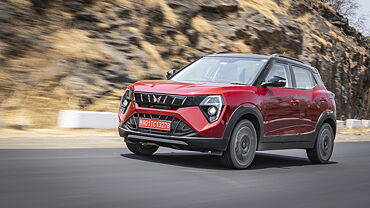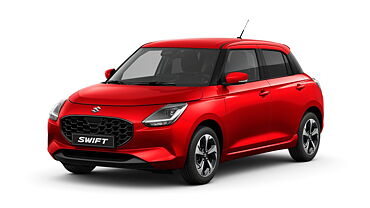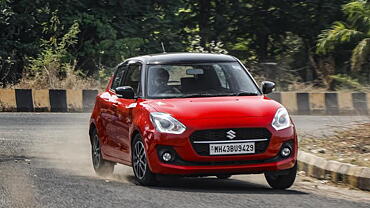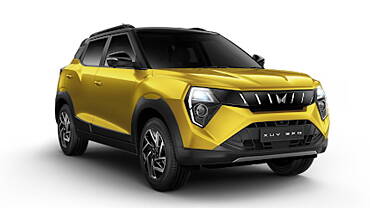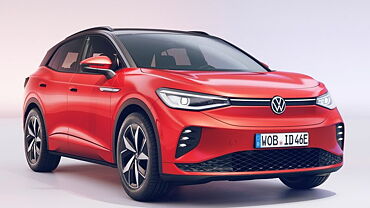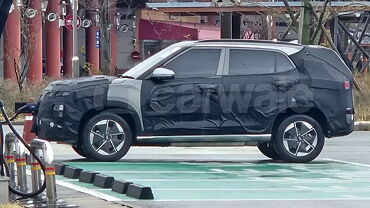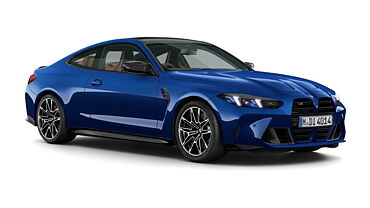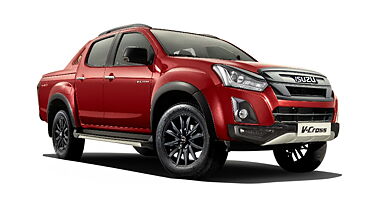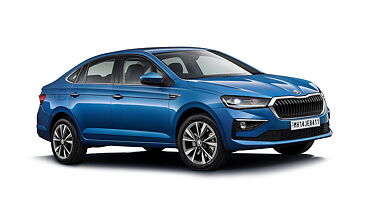Mumbai witnessed the trial runs of Volvo 8400 low-floor CNG City Bus by Volvo Buses on July 3, 2012. The first bus was flagged off from Oshiwara Bus Depot by Chairman, Brihanmumbai Electricity Supply & Transport Undertaking (BEST), Mr. Ashok Patil. Other senior officials of BEST also graced the ceremony. The new initiative would not have seen the daylight without the support of BEST.
After tasting success at New Delhi and Navi Mumbai trials, the new bus is all set to tread the asphalt in Mumbai. Following the trend of all Volvo products, CNG city bus offers best-in-class safety and technology standards as well as supreme quality. In order to better serve the demanding urban driving conditions in Mumbai, the CNG powertrain has been designed and optimised for enhanced performance.
Senior Vice-President, Business Region International Volvo Bus Corporation and Chairman of the Board, Volvo Buses in India, Akash Passey said, “Volvo Buses’ understanding of the customer and passenger needs has reflected in the kind of products it has developed for Indian cities. The Volvo 8400 low-floor CNG city bus has been adapted for specific needs and is an effective solution to address sustainable public transport and clean technology concerns. We are happy that BEST has decided to run trials with this bus. We are confident that passengers in Mumbai will experience the quality, comfort and motivation to travel that this bus offers.”
With its city buses operating in 13 cities of India, Volvo boasts of the most extensive experience in performance oriented coaches and city buses. These 13 cities include Bengaluru, Mumbai, Navi Mumbai, Calcutta, Pune, Mysore, Mangalore, Faridabad, Chennai, Vellupuram, Thiruvanathapuram, Kochi, and Hyderabad. The design of the Volvo CNG city bus has been developed using this rich experience and close collaboration of product designers in India and Sweden with support of globally acclaimed Volvo technology.
The new bus demonstrates the credentials of Volvo in terms of dependability, enhanced performance, rational operating costs, comfort and safety for both passengers and the driver. The driving performance is further optimised by means of best-in-class power-to-weight ratio and a perfectly aligned drive-line. It offers comfortable entry and exit points, even for passengers with impaired mobility with aid of the low-entry at the front and in middle.
The new bus also incorporates the new transmission unit from bus manufacturer, Ecolife that offers a brilliant driving experience to the driver and passengers alike. The perfromance-oriented gearbox ensures better mileage and operates at the optimal speed ranges on grounds of fuel consumption. The mileage is further enhanced by the intelligent systems which determine whether the vehicle is idle or moving into a gear. The new Volvo 8400 low-floor CNG city bus now features even better retarder system to provide smoother ride than ever. The enhanced technology used in the bus ensures reduced noise in turns and lesser heat received by the brakes.
In Volvo buses safety is given the utmost importance and the new Volvo 8400 low-floor CNG city bus is no exception. It offers cutting-edge safety for all its occupants including driver and passengers. Unique features in the bus like self-diagnostics and sensors for crash, heat & fire detection take the safety to another level.
The containers of the new bus come equipped with a self-test system, which is scrutinised by the fuel-tank monitor so that the functioning of the container's solenoid valves are tuned. The self-test device goes into stand-by mode every time the main switch of the bus is flicked on. Using this system the solenoid valves are opened one at a time to run a test of the functioning of all the valves when the powertrain is running and is idle. The test cycle stops when the bus is in motion and resumes again when it comes to a halt. The solenoid valves are all opened even when the bus is idle, after the test cycle has completed.
Another unique feature of the bus is the crash-sensor which is located in the electrical box just above the driver cabin. The sensor is connected to the fuel-tank monitor and would shut down all the cylinders through solenoid in case of sudden drop in the system pressure. Besides, the crash sensor is also activated in case the bus receives massive impact following an accident. The containers will not supply fuel to the powertrain unless and until the crash sensor is reset after the repairs.
The Volvo 8400 low-floor CNG city bus also features unique heat sensors that can be found in the engine cabin side. These sensors warn the driver in case the bus picks up higher than normal heat levels. This system is quite crucial from safety perspective and can be instrumental in avoiding any impending fire hazard.
The heat sensors are complimented by a fire sensor system, which is located inside the powertrain cabin. These fire sensors are equipped with an automatic fire extinguisher and will spray a powder all over the powertrain as soon as the fire is detected. Drivers can also manually trigger the fire sensors using a switch located in the driver's area.
The cutting-edge manufacturing plant of Volvo Buses located in Hoskote in proximity of Bengaluru is where the new Volvo 8400 low-floor CNG city buses are manufactured. The bus manufacturer possesses an unique ability to determine the needs of the Indian market and tweak the vehicle accordingly. The credit of this ability can be given to its contemporary factory and its status of providing complete transport solutions.
The factors contributing to the popularity of Volvo buses are the modern technology employed by the manufacturer to ensure safe and comfortable long-lasting transport services. The Volvo buses boast of latest features like Automatic Transmission, Electronic Braking System (EBS), anti-roll, front under-run protection device and Disk Brakes. Other contemporary features in the list include electro-pneumatic safety doors, anti-skid protection, hill start aid with grade ability, brake temperature warning and poor brake performance warning.
Drivers are offered a comfortable and relaxed driving experience by the automatic transmission unit. The bus can move along the urban traffic comfortably owing to its low turning radius. Volvo buses can accelerate and decelerate well on all terrains because of the perfect power-to-weight ratio of the powertrain. The comfort factor of Volvo buses is further enhanced by the electronic air-suspension system. These buses are the perfect substitute of personal transport considering the comfortable environment provided by the built-in climate control.
The Volvo city buses play an important role in making the city roads less congested and improving the driving conditions as they motivate the people to opt for public transport over personal vehicles. Volvo buses are also setting new trends in terms of the protocol followed by the corporations while buying buses. Now, the buses are purchased based on their life cycle and maintenance in the wake of long term city plans. Volvo buses offer an overall life span of more than 10 years.
Buses are being included in the long-term investment plans of every city. The motive behind this being that there is no use investing heavily to improve roads when there isno proper transport system to run on them. Investment in buses can save a lot of money for the government in terms of fuel conservation, reduced CO2 emissions, road safety and will help a lot to reduce the traffic in the cities.



